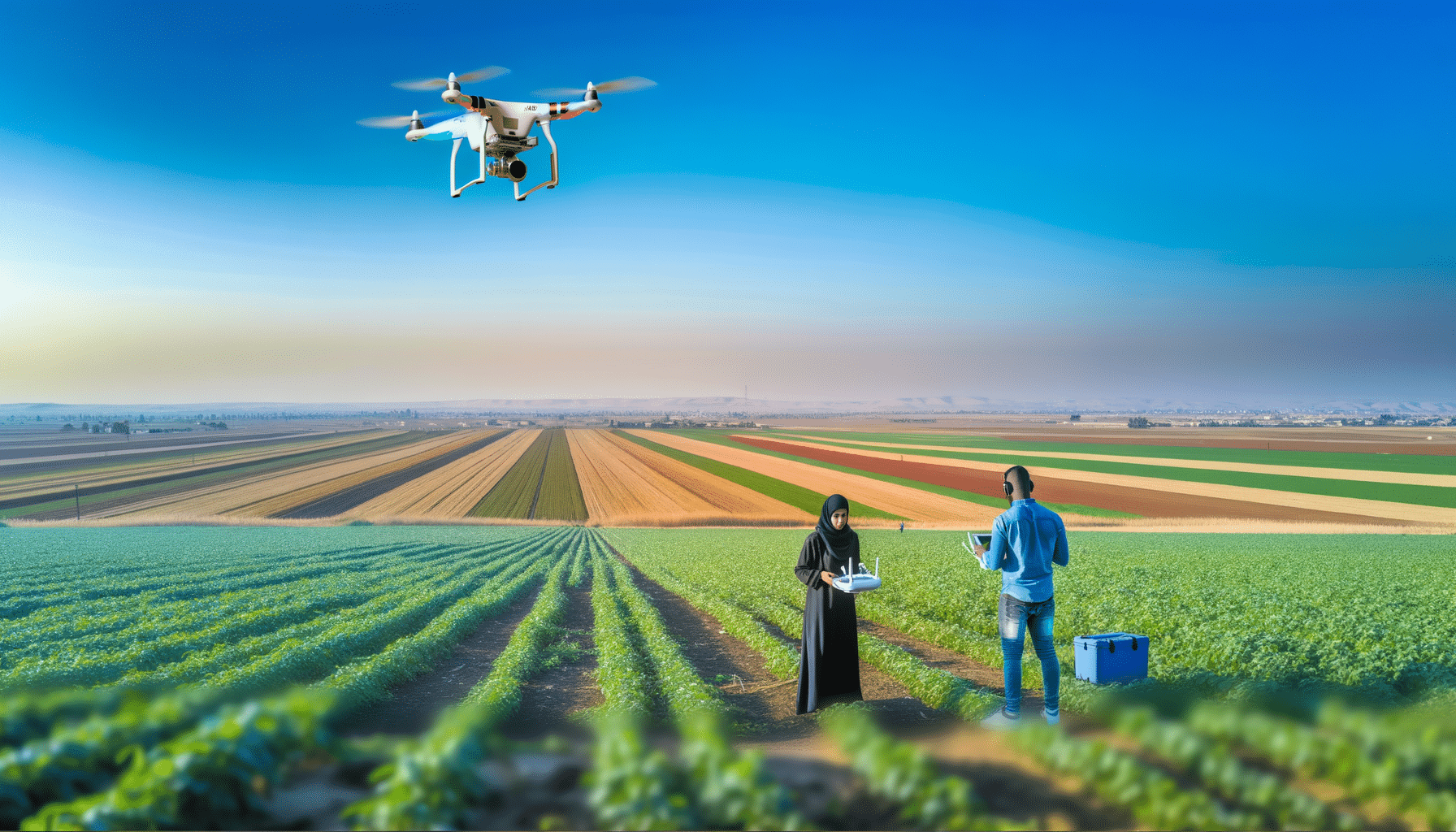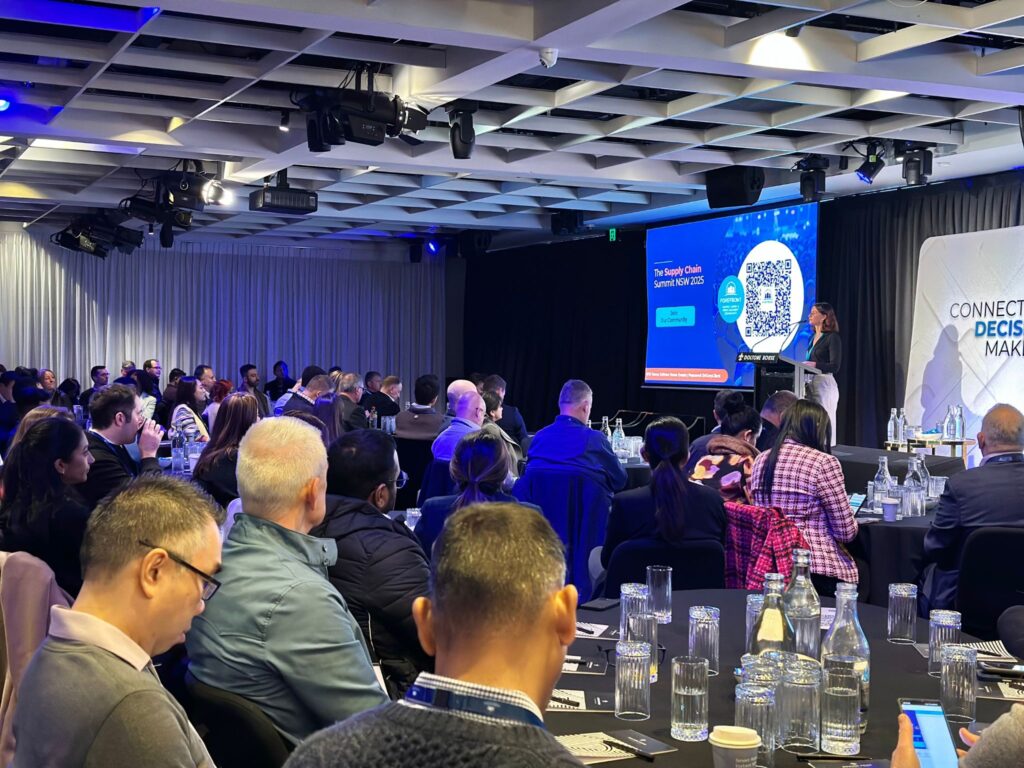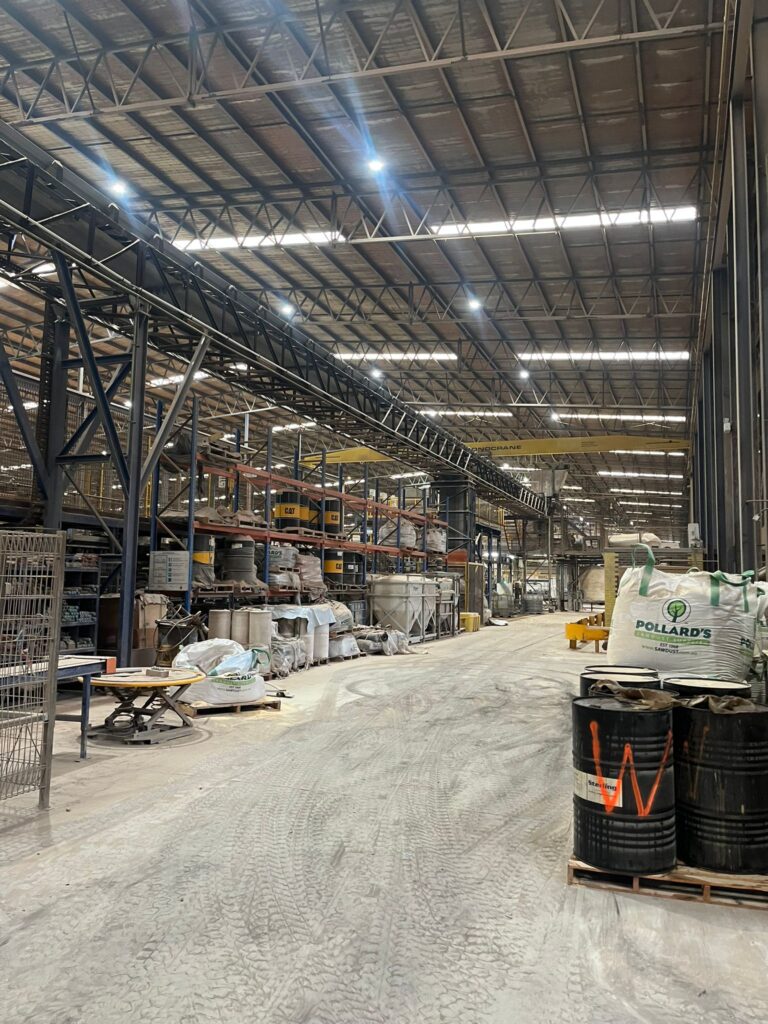The food and beverage industry is vital to the Dutch economy. But currently, it faces many challenges. Commodity prices are going up, production costs are increasing, and output doesn’t always meet predefined standards. At the same time, the industry has to reduce CO2 emissions, comply with the new CSRD legislation, and protect small businesses in the agri-food chain from their larger counterparts’ unequal competitive advantage. To add to the struggle, companies in this industry have a hard time finding and retaining the right talent across generations.
These challenges drive up costs. So, the question is, how to stay competitive in markets where inflation is on the rise and demand shifts in unparalleled ways? In this blog post, we’ll dive into how data-driven leadership and the use of modern technology can help food industry executives be in control of their process performance, productivity, and environmental goals.
Why data-driven leadership is indispensable
In today’s fast-paced business environment, food industry executives can’t do without data-driven leadership. As data helps them gain insight into their operations, they can use it to make more informed decisions and optimize their supply chains. That allows them to reduce costs, improve customer satisfaction, and increase competitiveness.
That said, data-driven leadership is not just about collecting and analyzing data. To ensure that data is accurate and actionable, you should also have certain processes in place. So, it’s crucial to work with the right technology and tools for collecting, storing, and analyzing data. Moreover, you need the right experts: people who can interpret data and use it to make decisions.
A key benefit of data-driven leadership is that you can make (near-)real-time data-based decisions. This allows food industry executives to quickly and effectively respond to changing market conditions and customer needs. If demand for a certain product increases, for example, you can adjust production schedules to meet it. That way, you’ll avoid stockouts and lost sales.
Embracing data-drivenness: a twofold shift
At Argon & Co, we’ve made several observations regarding the food and beverage industry. Here’s an example. When it came to using modern technology and leveraging data, the industry used to be a bit archaic. But in the past five years, it has become a frontrunner and early adopter of data governance, data warehousing, and data visualization tools. This has been paired with the fact that SAP-ECC will reach its end of life in 2027, causing most SAP-based companies to migrate to S/4HANA, utilize cloud solutions, and update their analytics platforms.
As a result, many food industry executives require more business-led analytics platforms. These help support their migration journey while reducing cost and maximizing productivity. Even though ERP migrations are essential, problems in IT project implementation lead to difficulties: many aspects of the business process are still managed by employees in siloed business functions, who use spreadsheets and get caught up in ‘Excel hell.’
Among clients, we have seen a twofold shift. First, when it comes to work on production lines, general dashboards are replaced with specialized analytics and machine learning. This immediately frees up capacity, reduces energy usage and waste, and improves output.
Second, there’s the advent of process mining platforms. These help visualize the process across all silos at a regional, country-wide, and global level. When business-led analyses like these are performed, we’ve observed that analytics directly impact a company’s PnL.
Making a real business impact in just a few weeks
Food industry executives used to make improvements based on a team’s assumptions. But now, they begin to experience process control and effectiveness. They’re gaining an understanding of the actual process path, as well as insights into out-of-control workflow implementations. The ramp-up time from collecting data to making decisions has shortened dramatically. Traditionally, it took three to six months to build data warehouses and other IT-focused data analytics projects. Today, it takes a mere few weeks to make a real business impact.
Do you want to know more about these trends and discuss how they can impact your business? Feel free to reach out to us.







